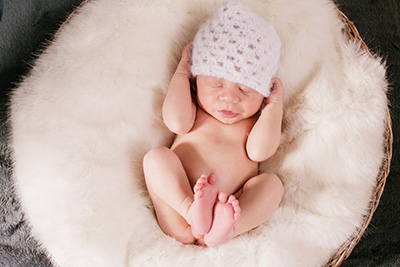When going through the IVF protocol, doctors always try to play it safe by fertilizing several eggs in a test tube. Sometimes this stimulation results in 10 or even more embryos. And when the planted 2-3 of them take root, the woman should quickly answer the question: what to do with the remaining embryo or embryos.
There are three ways here. Two of them “hit” on morality, and one on the wallet.
Way one: recycle
In simple terms, it means to destroy.
This procedure will be carried out by the clinic where the IVF was performed. In order to start this manipulation, doctors need written permission from a woman or from a married couple. Before receiving it, the embryos will be kept at very low temperatures so that they can maintain their own viability.
 If there is no news from a woman for several months, the clinic makes an attempt to contact her: they call her, write messages and letters. After a certain period of time (usually it is prescribed in the Agreement on the provision of services and discussed with the expectant mother), health workers receive the right to use cryopreserved embryos at their discretion: either dispose of, or (most likely) use as donor ones.
If there is no news from a woman for several months, the clinic makes an attempt to contact her: they call her, write messages and letters. After a certain period of time (usually it is prescribed in the Agreement on the provision of services and discussed with the expectant mother), health workers receive the right to use cryopreserved embryos at their discretion: either dispose of, or (most likely) use as donor ones.
The replanting of such "abandoned" embryos is suitable for couples in which both are infertile: neither sperm can be obtained from a man, nor an egg from a woman, while her ability to carry a fetus is preserved. A "ready" embryo can also be implanted in a single woman with no ovulation, who does not want to wait for the donor oocyte to be fertilized with donor sperm.
A married couple who receives such a "rejected" embryo receives full information about the state of his health. But the data about who his biological parents are are not reported, as well as the woman who did not refuse is not told about who her fetus was transferred to. Therefore, the chances that a child will be looking for you in many years is practically zero.
Way two: voluntarily donate embryos to the clinic
This also requires the written permission of the woman undergoing the IVF protocol. This path is morally easier: you give your children a chance to be born, albeit in a different family.
The remaining embryos are stored in very low temperatures until the time when they are needed. In this case, the recipient couple does not receive information about whose embryo it is (the clinic does not give them any passport data or address). They can choose your embryo only if they want a baby with a certain blood type or Rh factor.
You can also transfer "your" embryo to your friends or relatives. Clinics usually have nothing to do with the material side of the issue of transferring the embryo.
Way three: preserving embryos for yourself
 This is an optimal but very expensive method. In this case, the clinic places the embryos in a cryostorage so that you can use them whenever you want. A contract with health workers is signed for a certain period, after which you must visit the medical center and either renew it or complete it.
This is an optimal but very expensive method. In this case, the clinic places the embryos in a cryostorage so that you can use them whenever you want. A contract with health workers is signed for a certain period, after which you must visit the medical center and either renew it or complete it.
The method is very practical:
- the next time you can give birth to a child when such a desire arises;
- you will not need to go through all the stressful and expensive stages of the IVF protocol;
- saving embryos for yourself, you can not be afraid that there will be no ovulation (and such cycles become less and less with age) or the quality of the husband's seminal fluid will deteriorate (which is also quite possible with age);
- a higher quality embryo is preserved, with less risk of any genetic malfunction.
In addition, recent studies carried out in Italy indicate that cryopreserved embryos take root better than native ones, and the risk of miscarriage of such a pregnancy is much lower.
